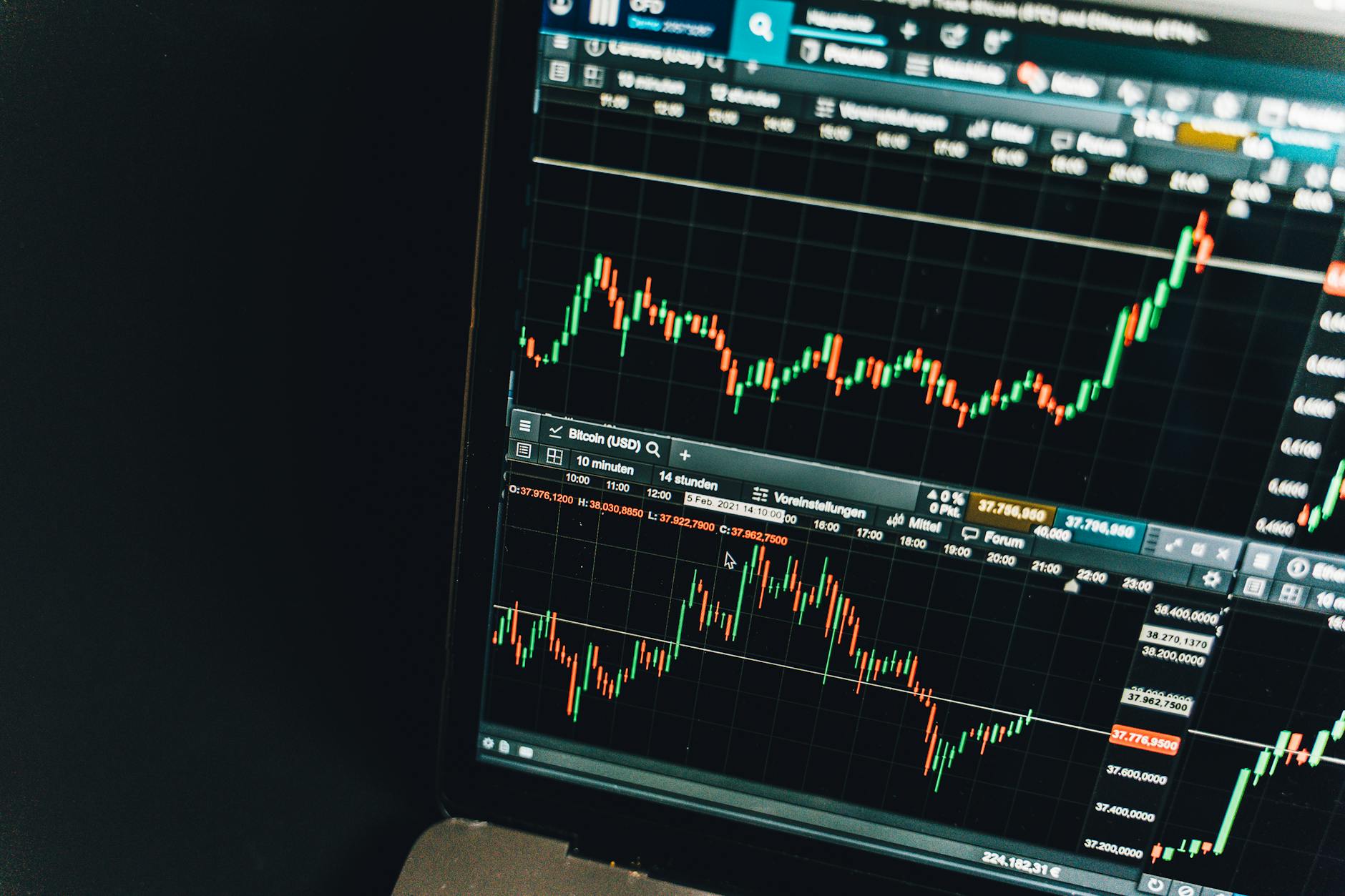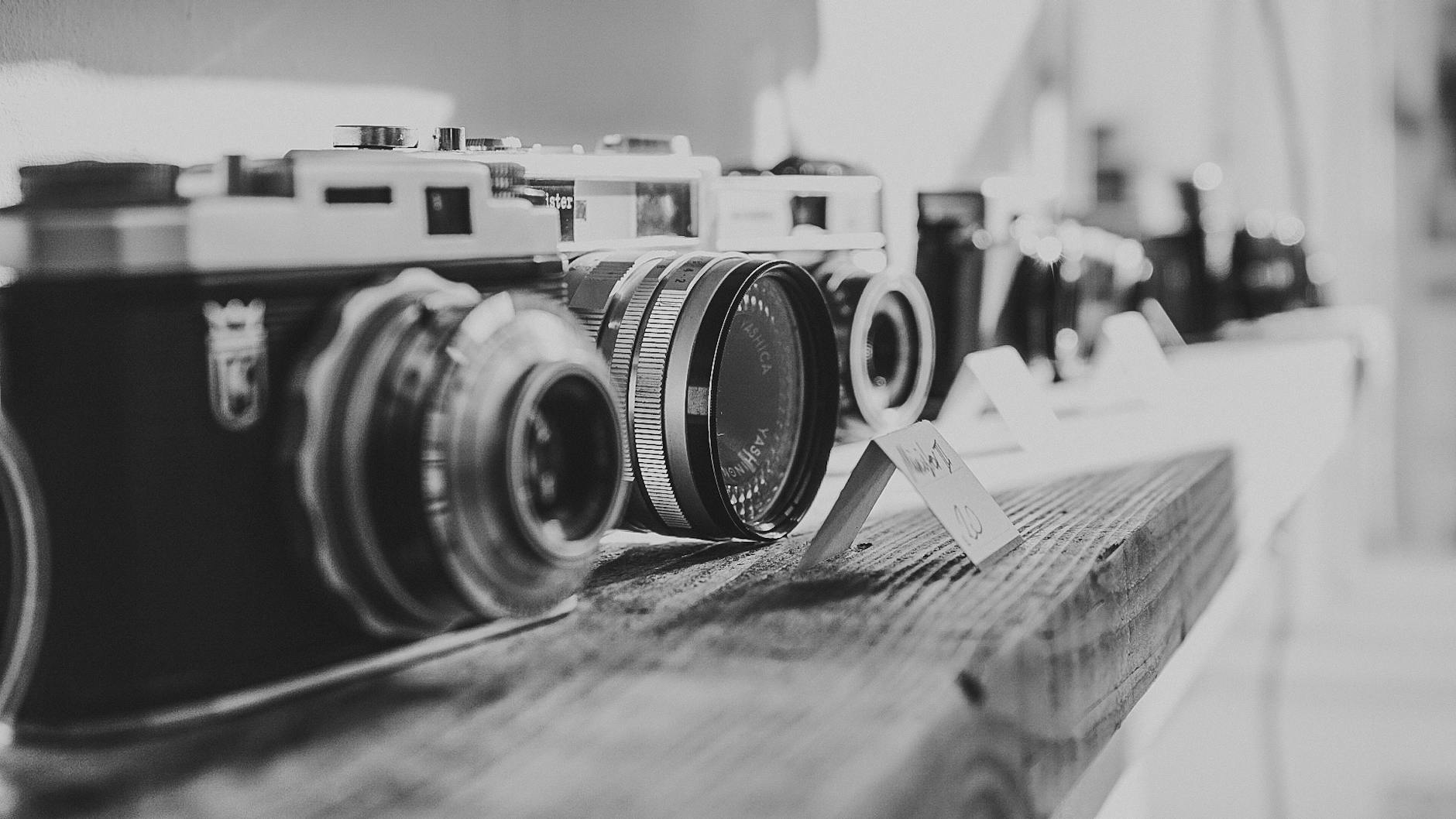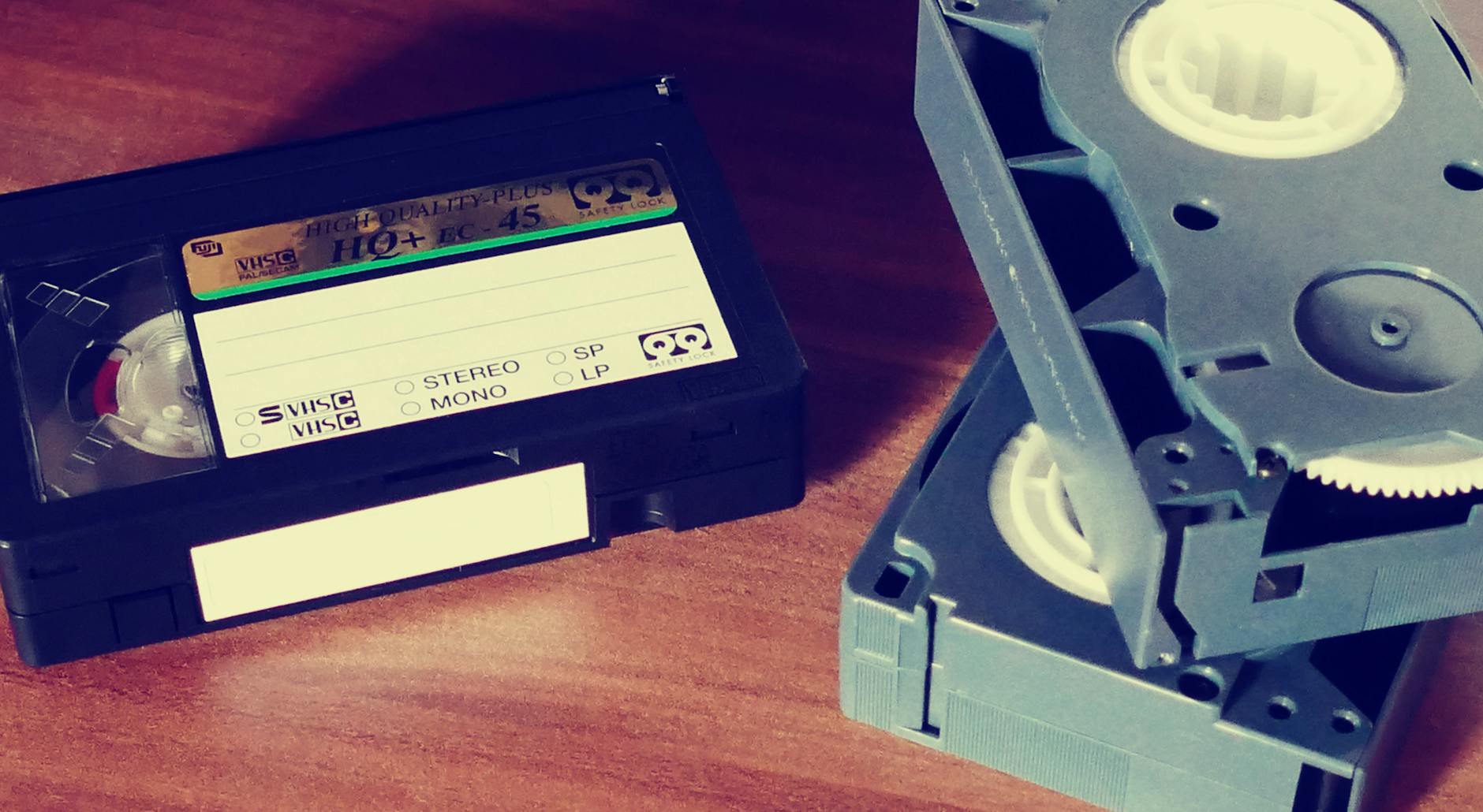Are New Hearing Technologies the Future of Audiology in Australia?

Exploring New Hearing Technologies
In the heart of Melbourne, new hearing technologies have become a hot topic, especially at notable spots like the Melbourne Audiology Centre. For those of us guided by a passion for improving auditory accessibility, paging systems have emerged as an indispensable tool. These systems are pivotal for venues aiming to enhance sound clarity and ensure information swiftly reaches those in attendance.
With the convergence of advancements and demands, the integration of paging systems in Australian venues provides promising benefits. Here’s why they stand out:
- Real-time Alerts: Paging systems deliver immediate notifications, crucial for maintaining smooth operations in large spaces.
- Custom Messaging: They offer the flexibility of conveying precise messages tailored to different scenarios or audience segments.
- Enhanced Coverage: Their extensive range ensures communication across sprawling venues, making them ideal for events and conferences.
It’s worth noting that conferences at the Melbourne Convention and Exhibition Centre consistently showcase the importance of such technologies. In our ongoing journey to incorporate optimal hearing solutions, paging systems are becoming a break-out solution. They promise to not only enhance operational effectiveness but also align with the core values of inclusivity and proactive audience engagement.
Impact on Audiology Practices
Enhanced Diagnostic Tools
As a dedicated audiologist immersed in Melbourne's vibrant landscape of audiology innovation, there's no denying the transformative potential of advanced diagnostic tools in our field. Our practices have significantly benefited from developments reminiscent of technological insights shared at the Melbourne Audiology Centre. With the rapid integration of these tools, we're now able to offer more comprehensive assessments that provide greater clarity and precision. Leveraging technologies like mesh radios, audiologists can now gather and analyse precise auditory data in real-time, significantly enhancing diagnostic accuracy.
Teleaudiology Services
Teleaudiology has brought remarkable convenience to both audiologists and patients, reaching those in remote areas and providing services without geographical restraints. This shift aligns closely with themes presented at audiology conferences held at the Melbourne Convention and Exhibition Centre, where innovations in telehealth are a focal point. By adopting teleaudiology, we've broadened our reach and made it possible to offer tailored services to a wider audience, ensuring that every individual has access to quality audiological care from the comfort of their home.
Personalized Treatment Plans
Creating personalized treatment plans has become much more streamlined, thanks to innovations that allow us to better understand individual hearing profiles. These plans are designed with the unique needs of each patient in mind, utilising cutting-edge tools to provide bespoke solutions. Through consultation and technology expos at the Melbourne Museum, we gain invaluable insights that empower us to customise treatment plans effectively. Each individual's auditory journey is unique, and these advanced practices ensure they receive the most effective interventions tailored to their specific needs.
Integrating Technologies in Venues
Improving Accessibility
As an audiologist dedicated to enhancing experiences for those with hearing impairments, I've seen how vital it is for venues in Sydney to incorporate inclusive technologies. Ensuring accessibility means investing in systems like the hearing loop, which is increasingly common in public spaces. The Melbourne Audiology Centre has been pioneering in this effort, hosting technology expos at notable venues like the Melbourne Museum to showcase these advancements.
A hearing loop provides clean sound directly to hearing aids, eliminating background noise—a game-changer in any event setting. As the technology becomes prevalent, it offers two key benefits:
- Direct Sound Access: By feeding audio directly to compatible hearing aids, users receive a clearer sound experience, crucial during live events where background noise is inevitable.
- Improved Audience Engagement: Ensures patrons with hearing impairments do not miss key announcements or entertainment elements, boosting overall satisfaction.
For venue managers like Jack in Sydney, understanding these systems is essential to maintaining seamless operation. User-friendly installation and operation processes make the hearing loop a practical choice for enhancing inclusivity and ensuring positive event outcomes. Keep an eye out for the latest setups at Melbourne-based audiology conferences, which provide an excellent opportunity to connect with experts and learn about the most efficient integration strategies.
Integrating such modern accessibility solutions ensures your venue stands out, offering exceptional experiences that cater to all guests.
Future Trends in Audiology Technology
Emerging Innovations
In Melbourne, I've had the opportunity to witness the unveiling of innovative hearing solutions at various audiology conferences held at the Melbourne Convention and Exhibition Centre. These events often highlight trends that will shape the future of audiology, such as the integration of mesh radios and paging systems in hearing aids. This technology holds the promise of facilitating real-time, seamless communication in challenging auditory environments, paving the way for significant enhancements in assistive listening devices.
Enhancements in User Experience
The emphasis on user-friendly interfaces marks another trend making waves at technology expos at the Melbourne Museum. For example, hearing aids and cochlear implants are now being designed with intuitive controls and adaptability in mind. The ultimate goal is for patients to manage their own hearing experiences more effectively. Personalised apps that allow adjustments in sound levels and the selection of different modes for various environments are setting new standards in teleaudiology services.
Anticipated Benefits and Challenges
The Melbourne Audiology Centre has been pivotal in discussing the expected benefits of these technological advancements. While the potential of these innovations is remarkable, implementation could face hurdles such as infrastructure demands and the need for specialised training to keep pace with rapid changes. Audiologists, particularly those new to the field, must be adept in both diagnosing and fitting these cutting-edge hearing aids.
Incorporating these emerging technologies will no doubt empower patients, enabling them to lead more connected lives, where they feel truly heard and understood.


